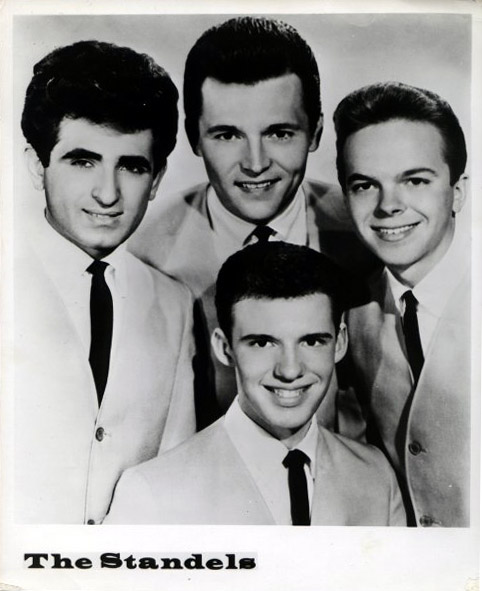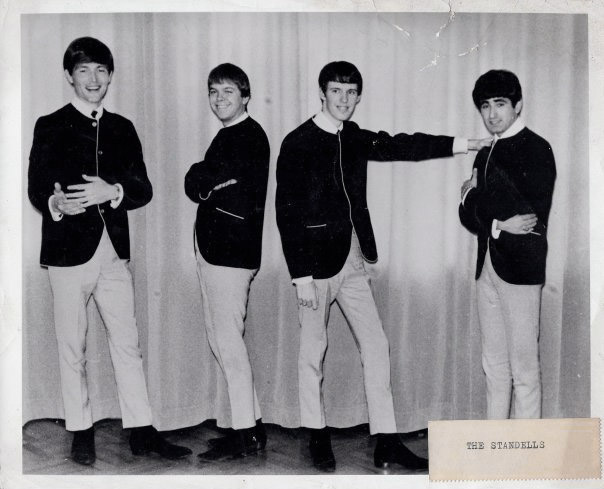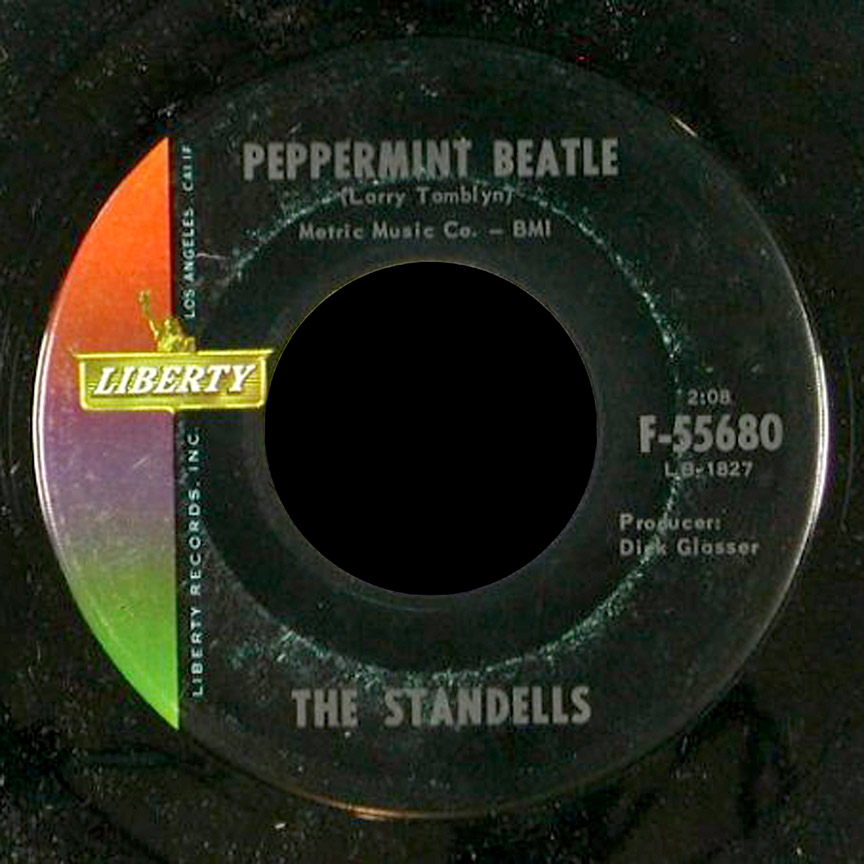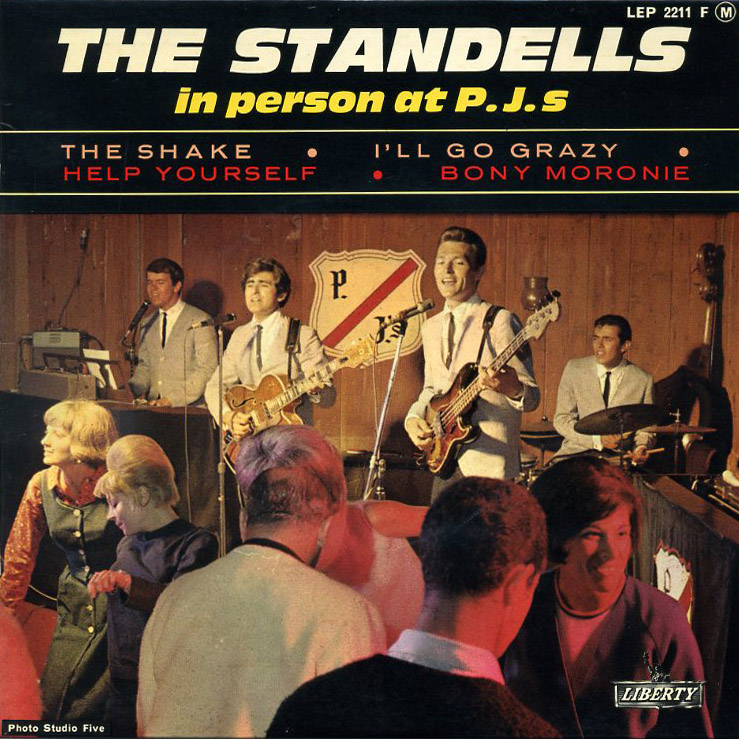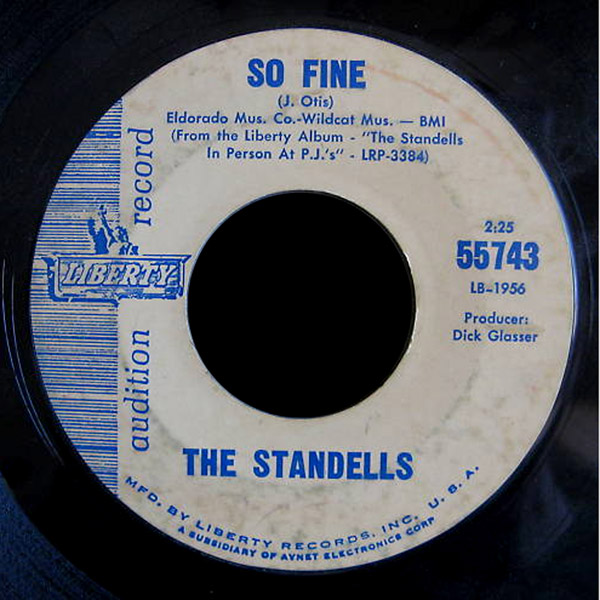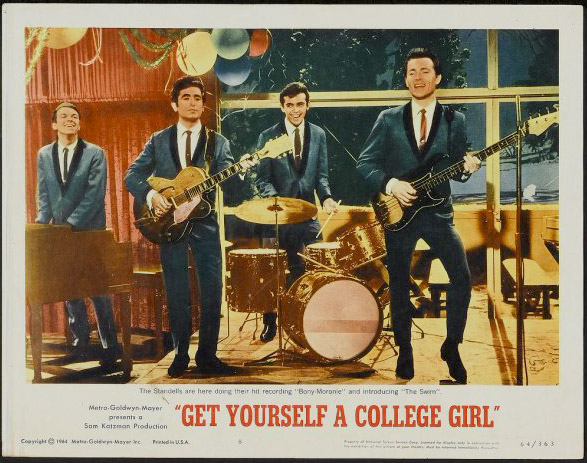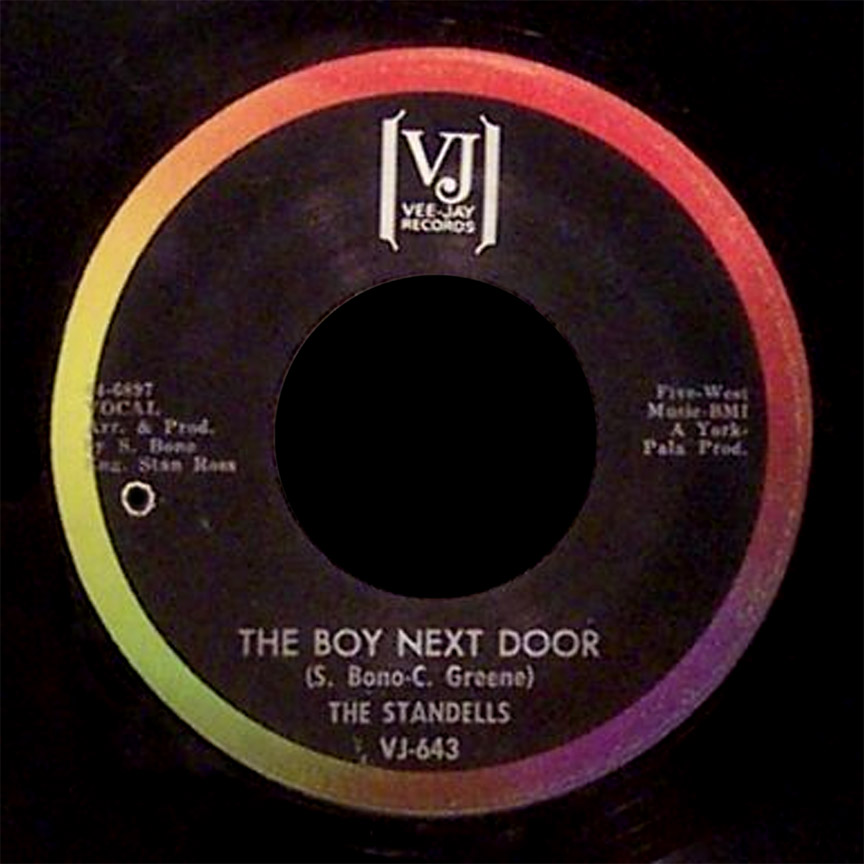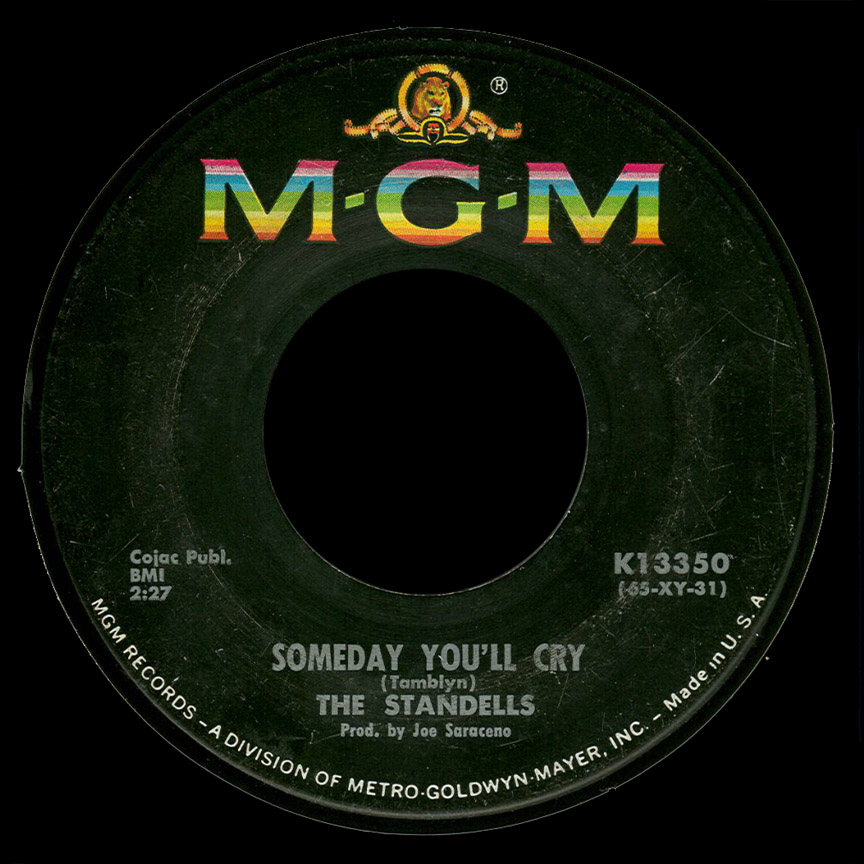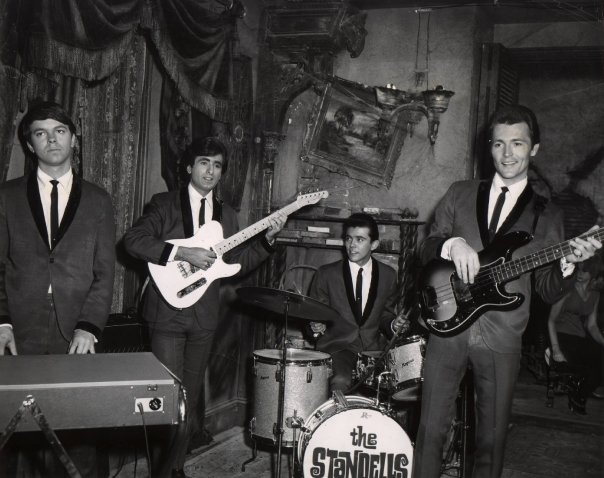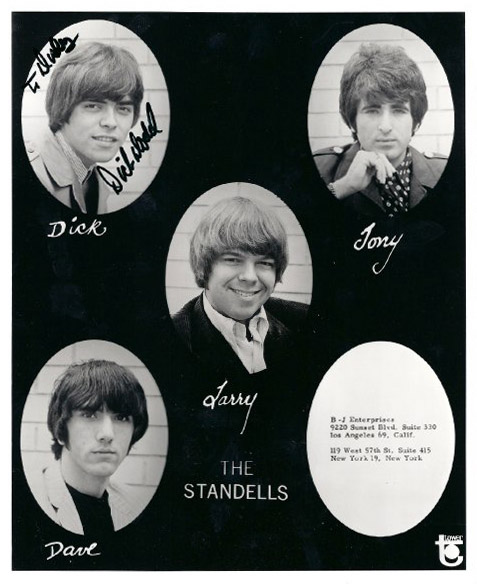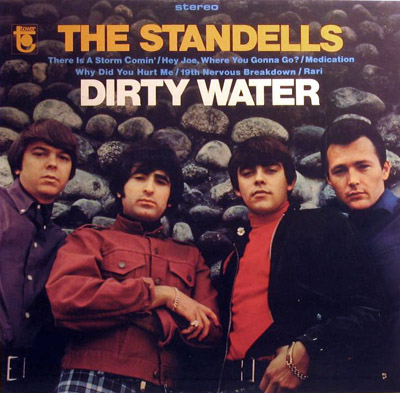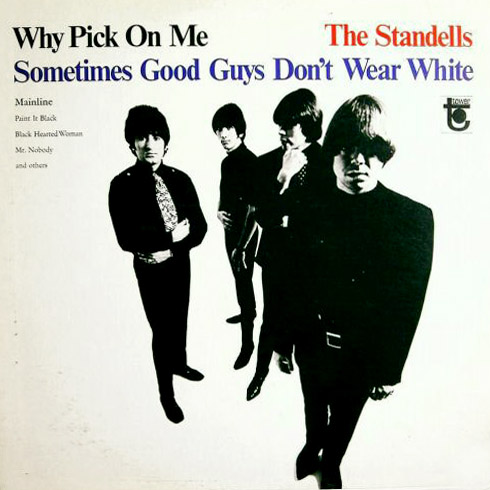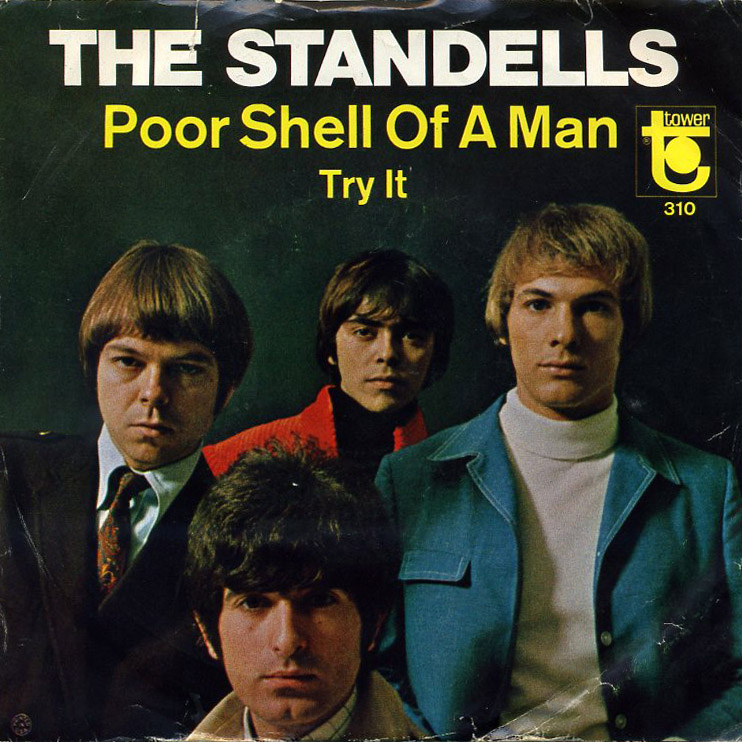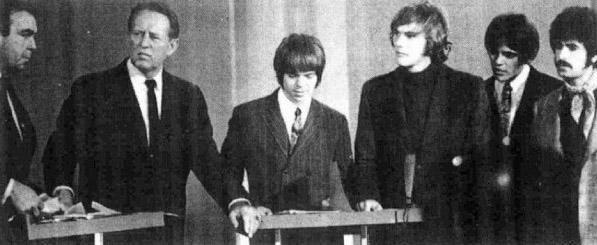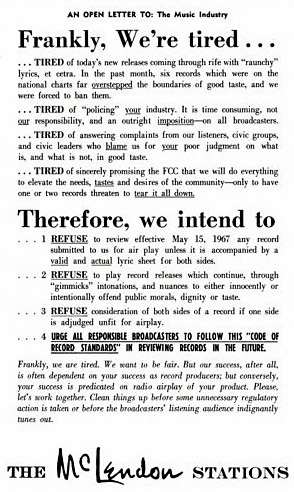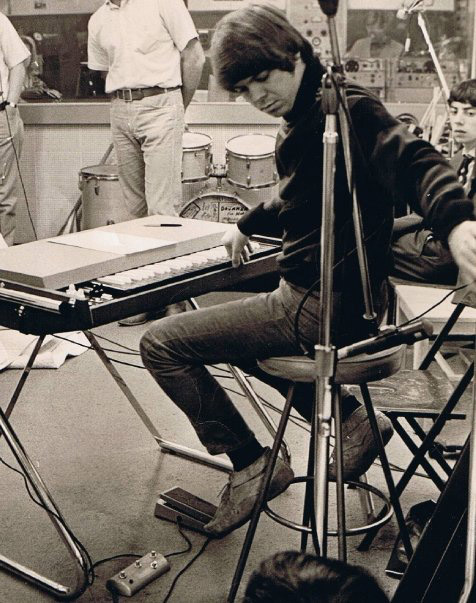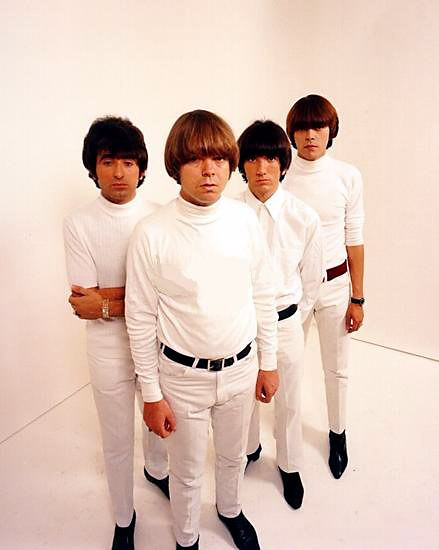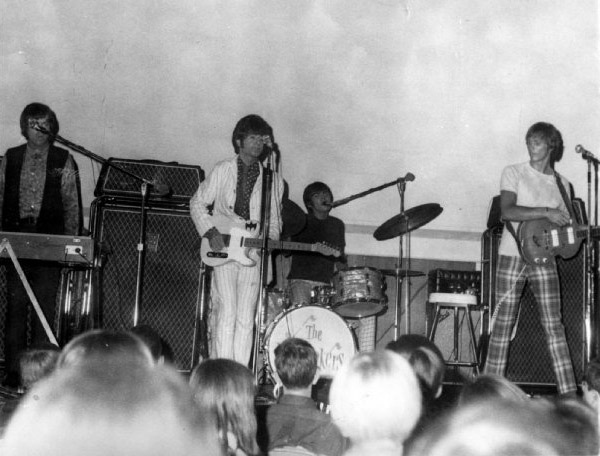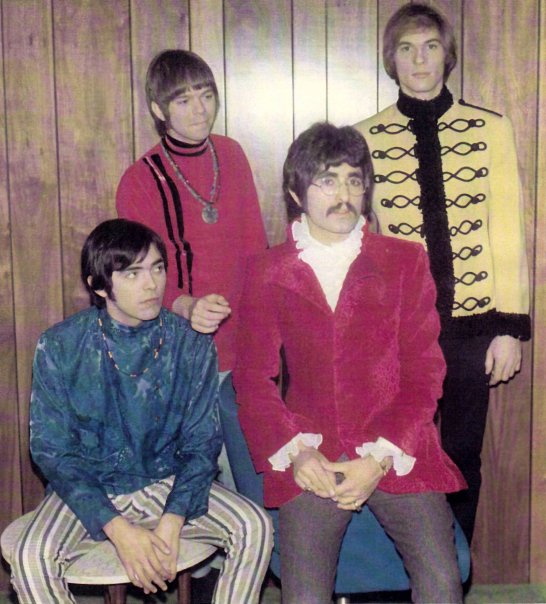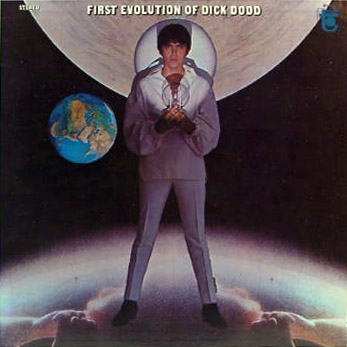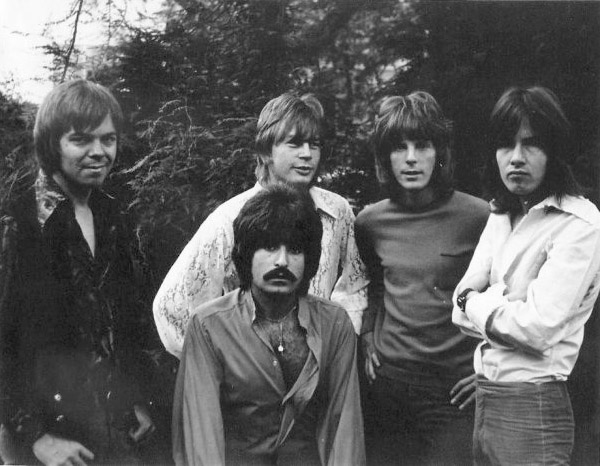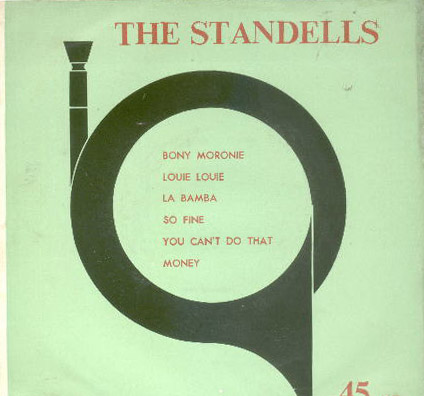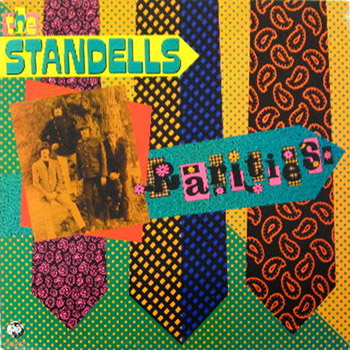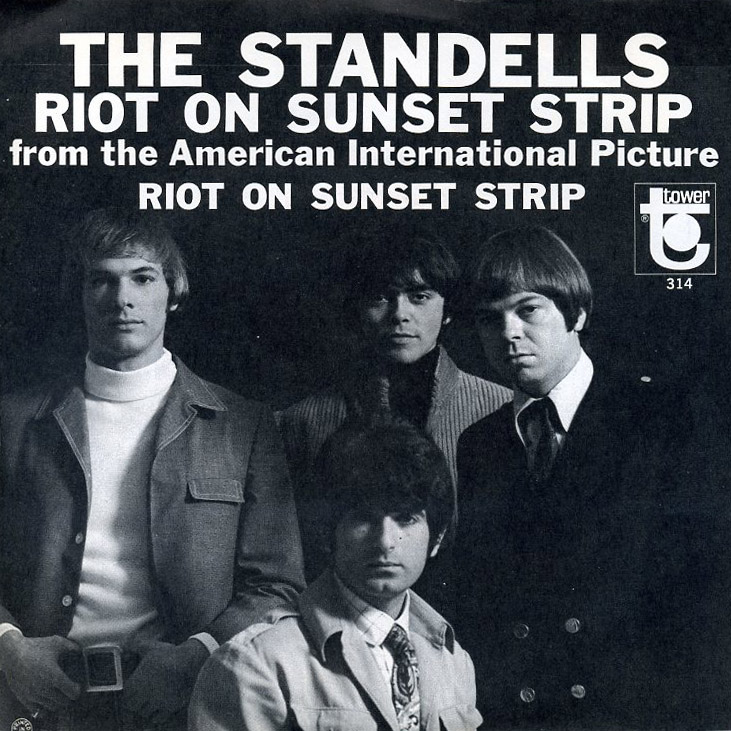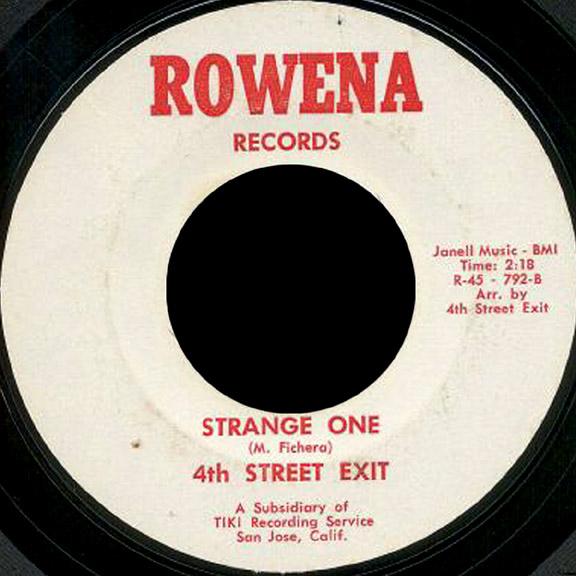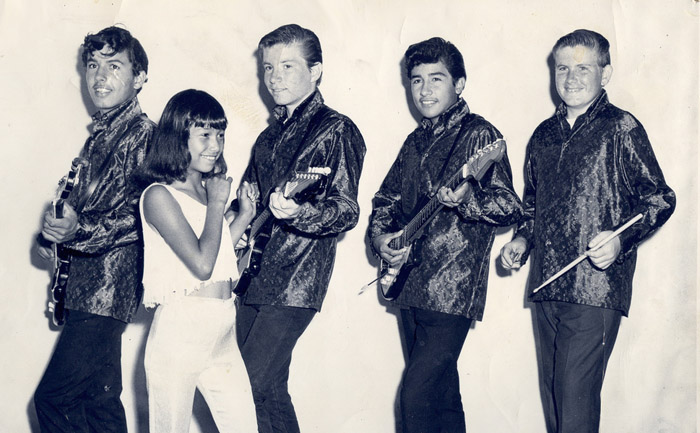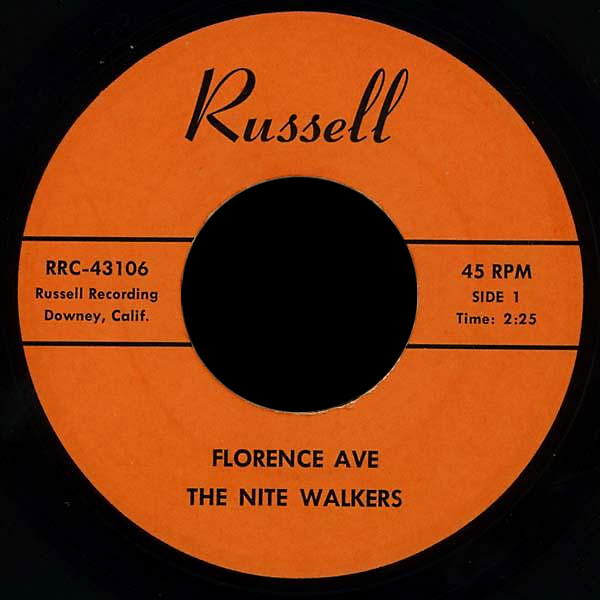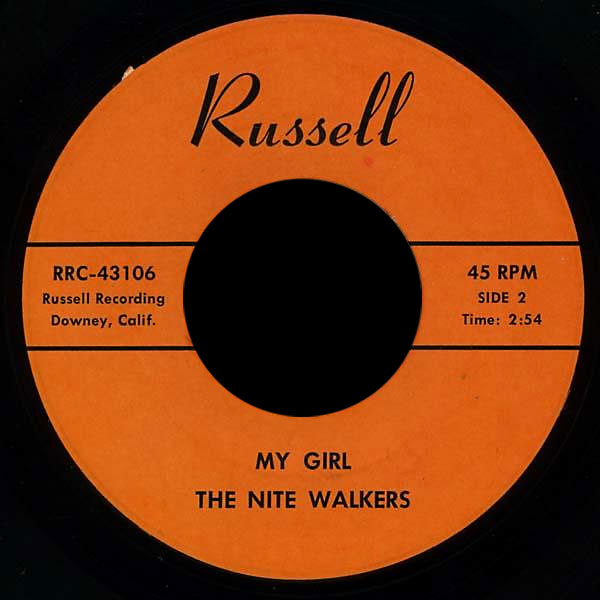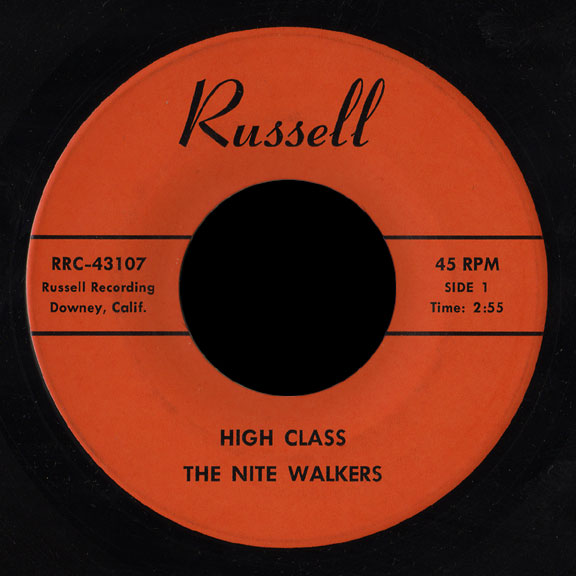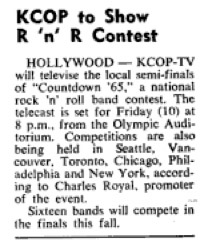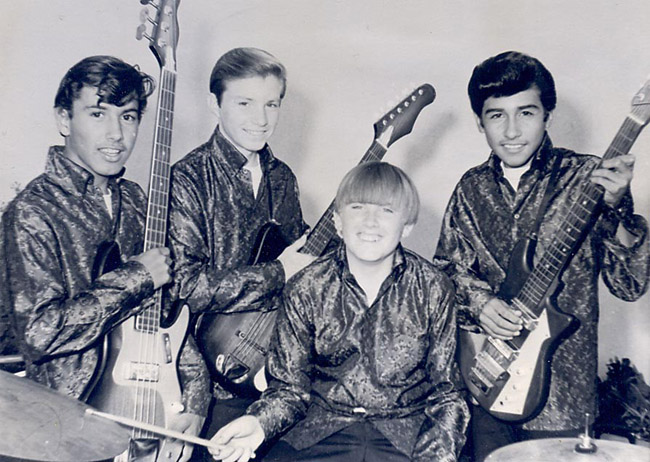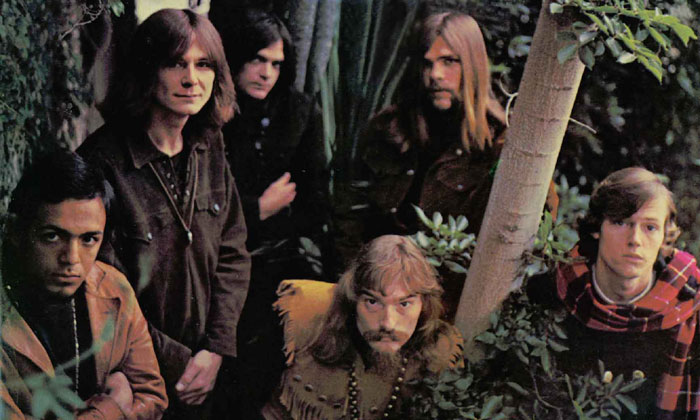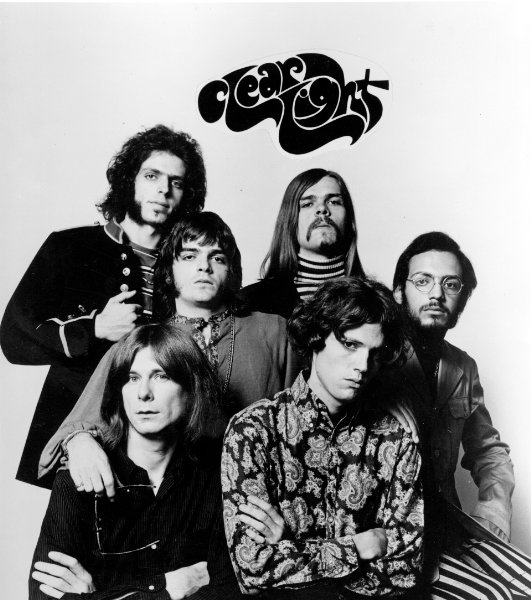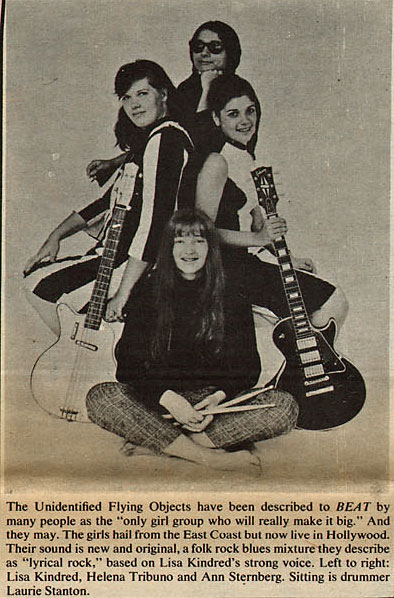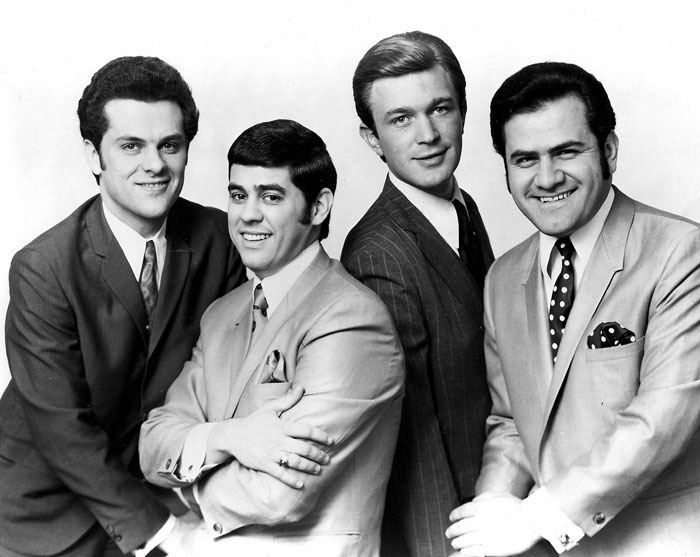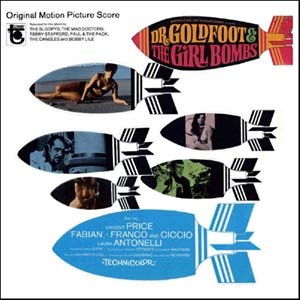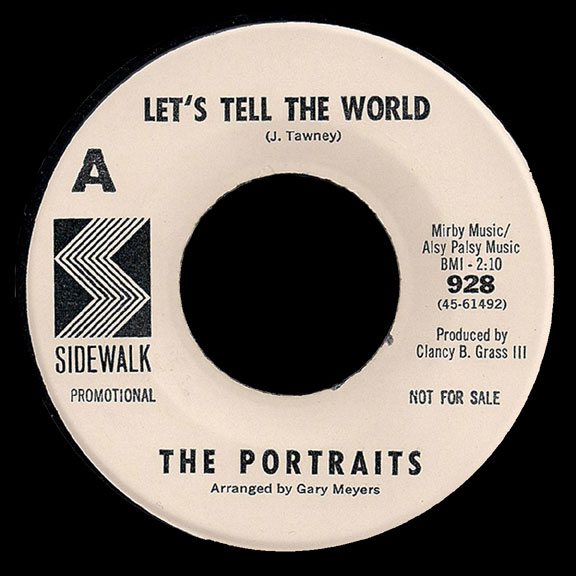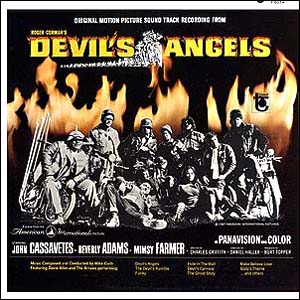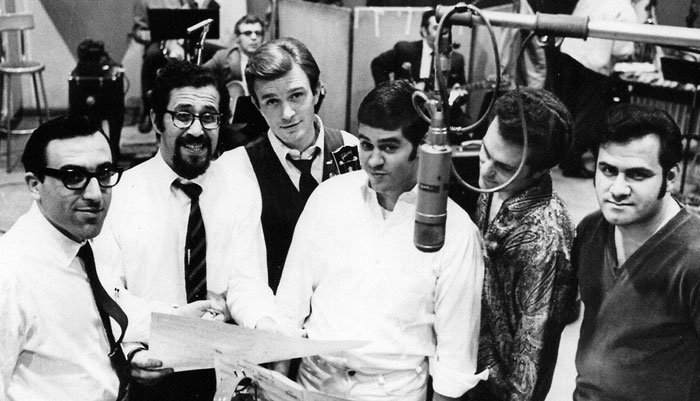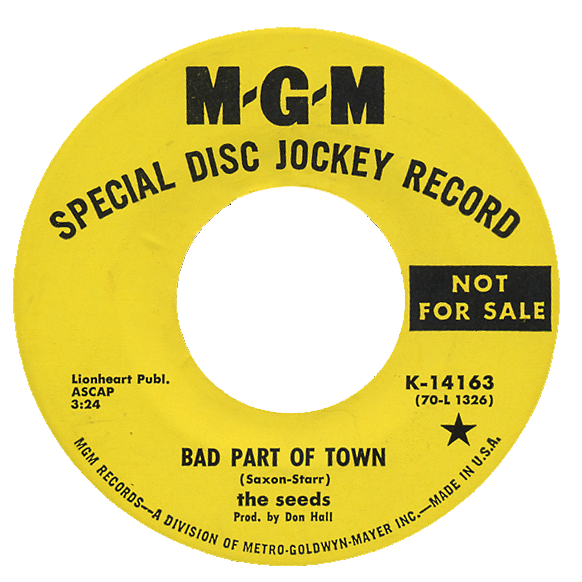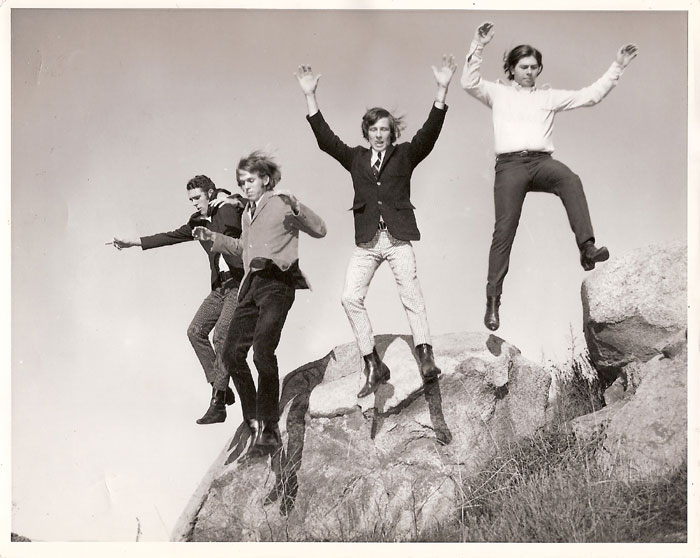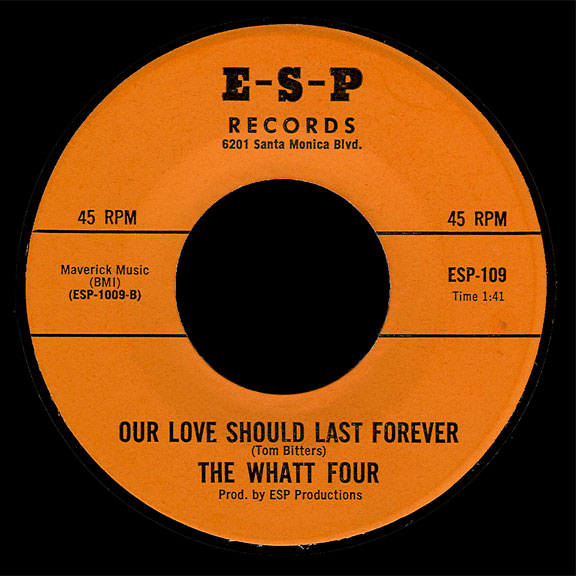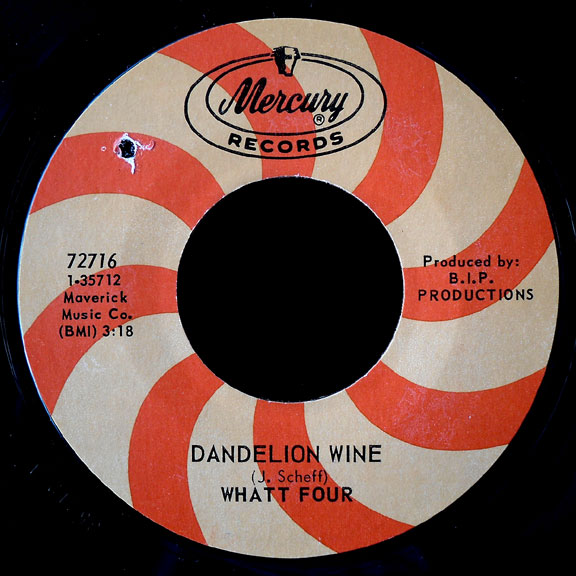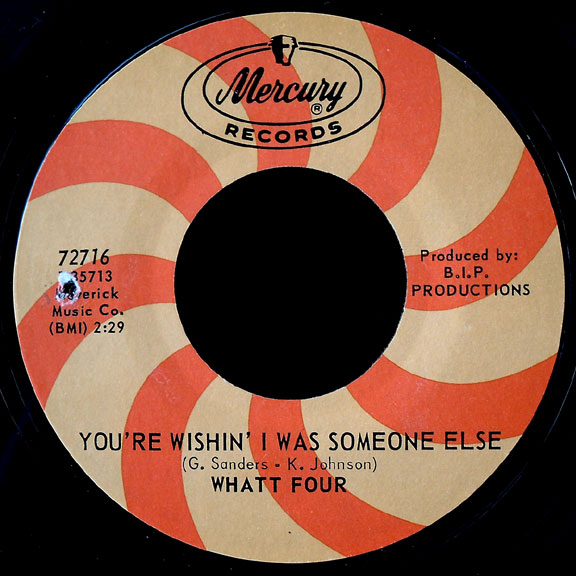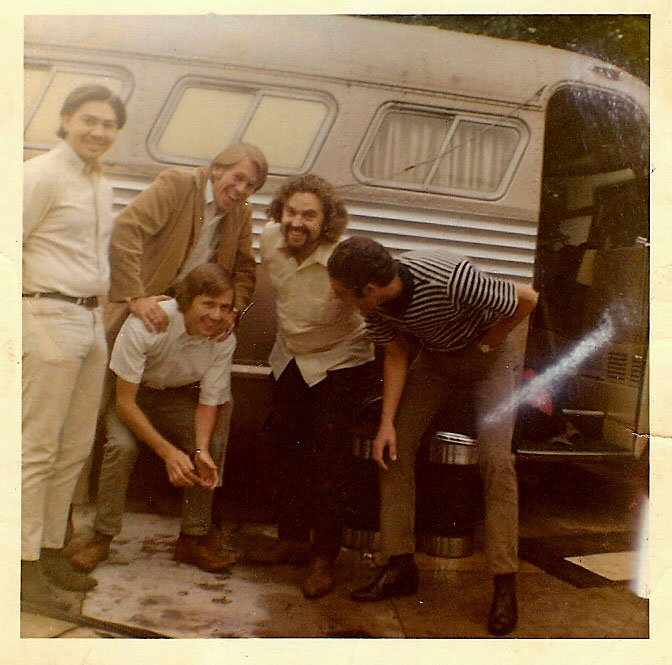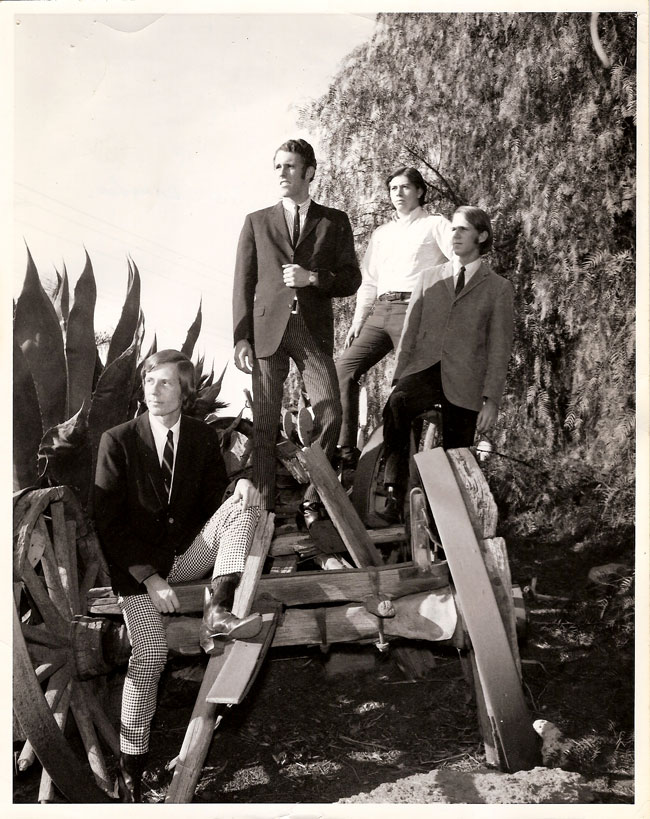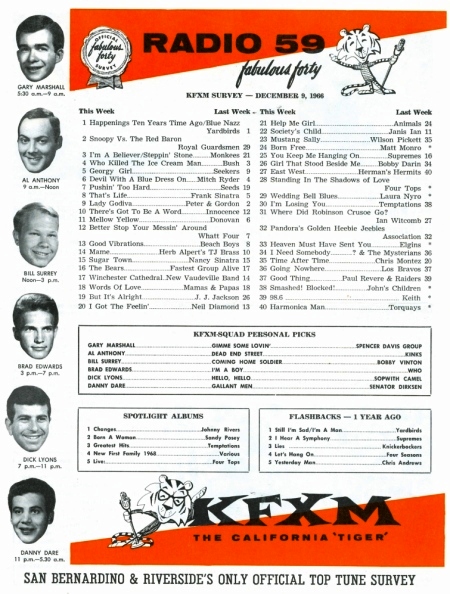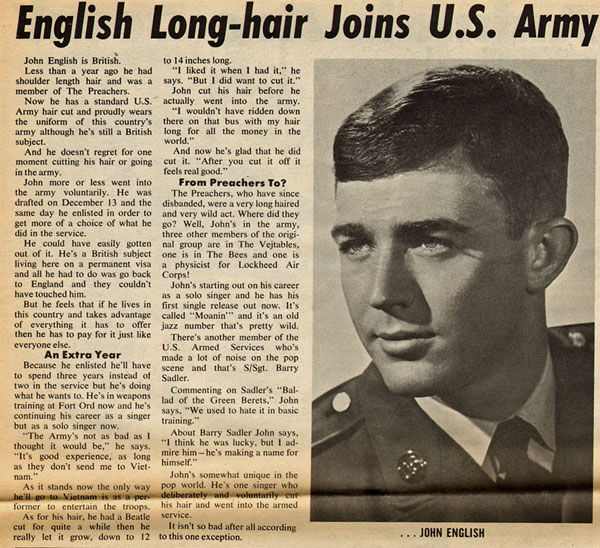
Updated with information from my phone interview with John from September 2010
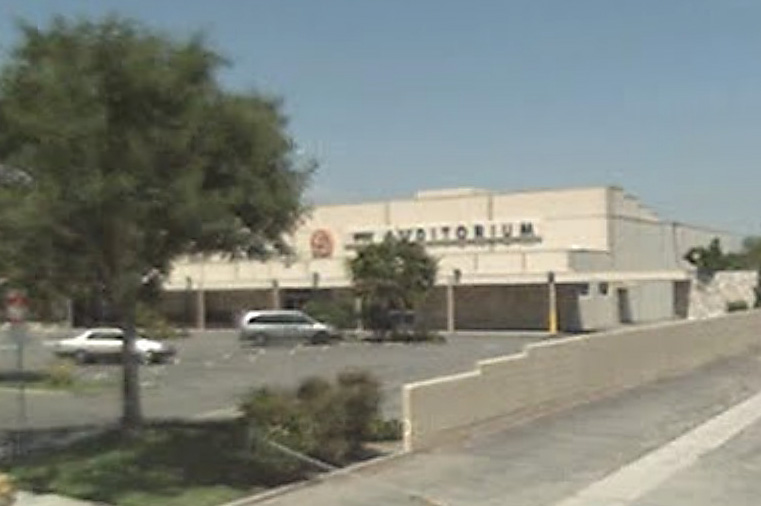
While enrolled in college at San Fernando Valley State College (now California State University, Northridge), he met the Heathens, initially sitting in as a guest during their performances. John told me he performed with the Heathens at Pandora’s Box, around Orange County and the legendary Retail Clerks Union Auditorium with the Crossfires.
When English was in the group, the Heathens included Dirk Acree (aka Vern Acree, Jr., former guitarist for the Blazers of “Beaver Patrol” and “Bangalore” fame), his sister Char Acree (Sharon Acree?) and drummer Johnny Rogers,.
English wasn’t with the band for long, as he doesn’t seem to appear in any photos of the group, at least not that I can tell.
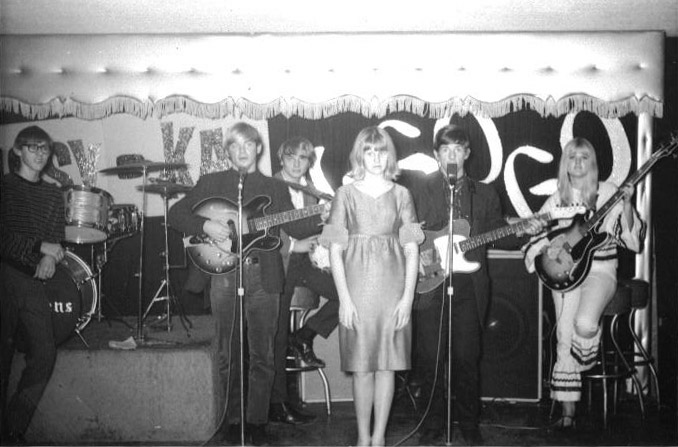

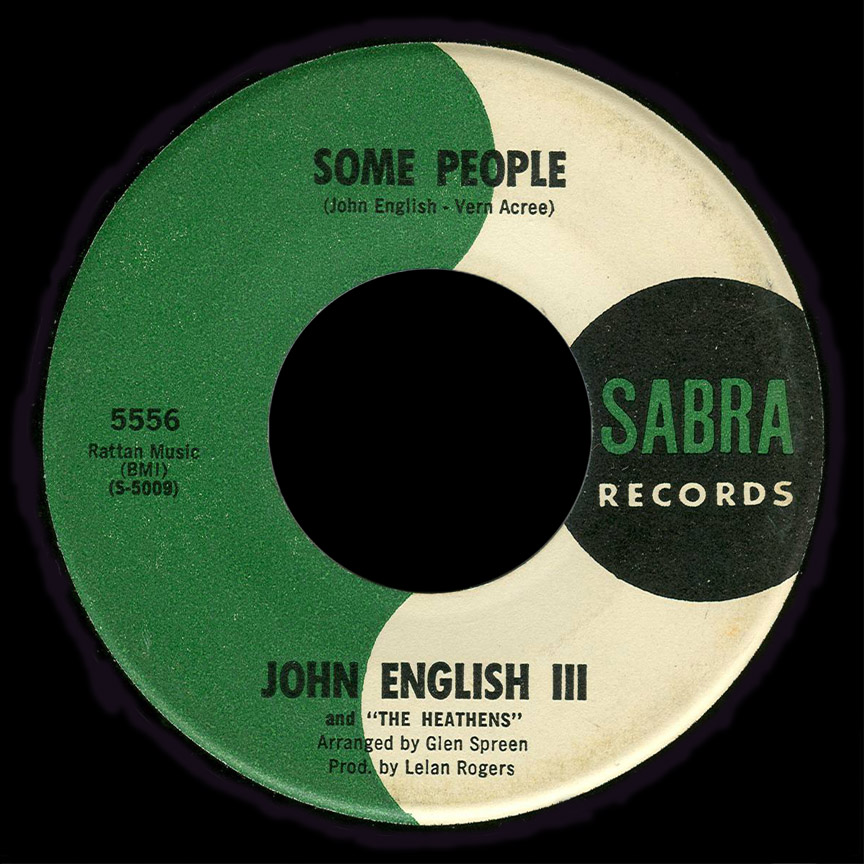 The first mention he receives in the press is from the May 13, 1965 edition of the Valley News of Van Nuys, California:
The first mention he receives in the press is from the May 13, 1965 edition of the Valley News of Van Nuys, California:
Dance, Show Event at College
NORTHRIDGE — Zeta Beta Tau Fraternity will hold a dance and show, “A Go Go Continental,” on Saturday, May 22, from 8 p.m. to midnight in the college gymnasium at San Fernando Valley State College, 18111 Nordhoff St.
The entertainment will highlight nationally famous recording artists, including The Parlays, formerly with Round Robin who made the Slauson popular. Their records include “Dance to the Slauson” and “Kick Your Little Foot, Sally Ann.”
Also on the program will be Bobby Day who made “Little Bitty, Pretty One” and “Rockin’ Robin” which was once No. 1 all over the world.
Direct from England and the first time in Los Angeles, John English and the Heathens will perform and sing a number of songs soon to be released. Finally, a surprise group will be featured doing many of its million sellers, it was stated.
The dress is school dress and tennis shoes …
As John related the story, someone named Brian who had done PR work for the Beatles brought Lelan Rogers to see the Heathens show at Pandora’s Box. According to John, Lelan had them record three or four sides, but only two were ever issued.
“I Need You Near” has a slashing rhythm from Acree, who takes an excellent solo early in the song. John’s singing is gravelly and cutting, and he has a great shouted bit, something like “alright Vern now step for me, c’mon give me that stroke (?) now!” “Some People” is much different, with a ringing acoustic guitar and an almost whispered vocal.
John’s singing on this record and his later ones shows not a trace of an English accent. I don’t believe the Heathens recorded anything besides this 45.
Both songs are English originals with “Some People” co-written with Vern Acree, publishing by Rattan Music, BMI. The record was produced by Lelan Rogers and arranged by Glen Spreen. Sabra released it in May, 1965, just after another disc produced by Rogers: “I Want My Woman” / “And Then” by the Emperors.
It’s hard to say why the single of “I Need You Near” is so rare now (literally only 4 or 5 copies are known!). Other 45s on the Sabra label, like the Emperors are not as difficult to find. The Heathens (master numbers S-5009 and S-5010) was actually ready to release before the Emperor’s (S-5011 and S-5012) but was given the next catalog number (5556 compared to the Emperors 5555). I would guess Sabra thought the Emperors disc was stronger, and once it started making an impact, Lelan and Sabra put all their promotional efforts into that record and let the John English & the Heathens record wither on the vine. Another reason could be Lelan soon left Sabra and then returned to Texas.
John told me the Sabra record received some good reviews, and the band was offered a deal to tour, but some of the Heathens were still in high school. John left the Heathens and went out on a 1965 Shindig summer tour as a solo artist.
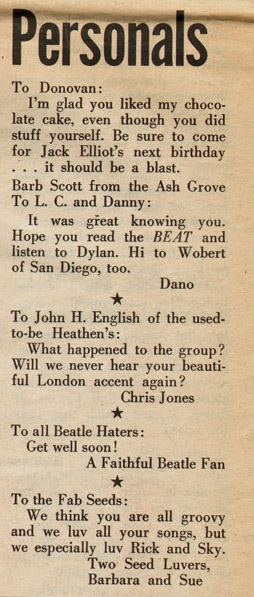

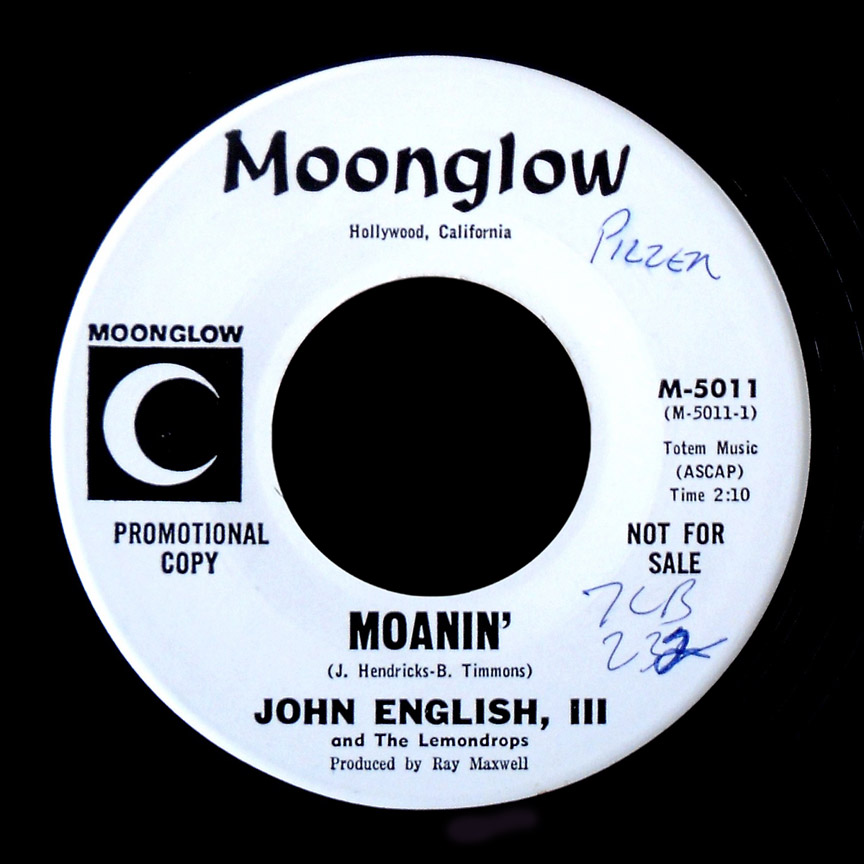
John English’s Sabra single was released in May, 1965, the same month the Preachers, another Los Angeles group, issued their first great single, “Who Do You Love” / “Chicken Papa” on Moonglow. After the Preachers released their second single, “The Zeke” / “Quit Talkin’ Bout Him” in August ’65, they’d realized their mistake in replacing their first singer, Richard Fortunato, with the smoother vocalist Burke Reynolds. Fortunato had a commanding r&b voice which helped make “Who Do You Love” such a classic.
Unable for whatever reason to bring Fortunato back into the group, the Preachers auditioned singers before their live crowds. John English did well with their audience and had the tough-sounding vocals the band wanted, and John told me he was also good friends with the Preachers’ bassist, Zeke. At this point the Preachers consisted of John English III (vocals), Hal Tennant (lead guitar), Rudy Garza (piano), James ‘Zeke’ Camarillo (bass) and Steve Lagana (drums).
English also had lyrics to two songs that would become the Preacher’s third 45, “Stay Out of My World” / “Pain and Sorrow”. Rudy Garza wrote the music for each song. As usual for Moonglow releases the production credit goes to the company’s owner Ray Maxwell. Recorded at R.J. Recorders in Hollywood, it was released in October ’65.
“Stay Out of My World” is a fantastic record, featuring dual harmonicas played by guitarist Hal Tennant and organist Rudy Garza over Steve Lagana’s catchy drum beat. John’s distinctive trebly rasp is even more expressive than it was on “I Need You Near”.
“Pain and Sorrow” is a gentler track, sung in a quiet voice just above the whisper he used on “Some People”. Moonglow later released another version of “Pain and Sorrow” by a singer named Wayne Dailey, but using the identical instrumental track recorded by the Preachers. It shows up on the flip to “Wreck of a Man”, Moonglow 5010.
While John English was in the band, the Preachers appeared on American Bandstand, the Lloyd Thaxton Show and KHJ-TV’s 9th St West dance show.
The Preachers returned to the studio and recorded two more songs, “Moanin'” (originally written by Bobby Timmons for Art Blakey, with lyrics by Jon Hendricks) and another English-Garza collaboration, “Just Don’t Complain”. A nihilist look at nuclear war, the music is full of tension, English’s vocals are snide and his lyrics unforgiving: the best advice he can give is “you got to maintain”.
They also cut a demo of “Hey Joe”. Rudy Garza said to Jeff Jarema:
We heard Arthur Lee and Love. He was doing “Hey Joe” in his nightclub act. We thought, man, that is a good song. Those other versions, like the Leaves’, weren’t out yet. We wanted to demo it for Moonglow Records. We had only heard it once or twice so we didn’t have the words, but we wanted to show them what the song was like. So Johnny English put some lyrics to it. They are completely different. He always seemed to write those doom and gloom, anti-war lyrics. We just did a demo for them, really. They didn’t like it!
After only a few months with the Preachers, John said, the FBI showed up at his door to make sure he would see to his induction, and he was drafted in December of ’65.
The Preachers were falling apart in any case, and Rudy Garza soon left the band because he felt Moonglow had buried his piano in the mix on “Moanin'”, and also that Moonglow was not producing the records as the band would like.
Lacking a band to support the new single, Moonglow thought they could promote John English as a solo act and released the single as by John English III and the Lemondrops in May, 1966. John’s solo career would have to wait until his stint in the Army finished four years later.
As an aside, I’d read a rumor of a group called John English III and The Carnaby Commoners but hadn’t seen any documentation to support it, and John told me he had never heard of that backing group.
The May 19, 1966 edition of the Beat:
English Long-hair Joins U.S. Army
John English is British.
Less than a year ago he had shoulder length hair and was a member of the Preachers.
Now he has a standard U.S. Army hair cut and proudly wears the uniform of this country’s army although he’s still a British subject.
And he doesn’t regret for one moment cutting his hair or going in the army.
John more or less went into the army voluntarily. He was drafted on December 13 and the same day he enlisted in order to get more of a choice of what he did in the service.
He could have easily gotten out of it. He’s a British subject living here on a permanent visa and all he had to do was go back to England and they couldn’t have touched him.
But he feels that if he lives in this country and takes advantage of everything it has to offer then he has to pay for it just like everyone else.An Extra Year
Because he enlisted he’ll have to spend three years instead of two in the service but he’s doing what he wants to. He’s in weapons training at Fort Ord now and he’s continuing his career as a singer but as a solo singer now.
“The Army’s not as bad as I thought it would be,” he says. “It’s good experience, as long as they don’t send me to Vietnam.”
As it stands now the only way he’ll go to Vietnam is as a performer to entertain the troops.
As for his hair, he had a Beatle cut for quite a while then he really let it grow, down to 12 to 14 inches long.
“I liked it when I had it,” he says. “But I did want to cut it.”
John cut his hair before he actually went into the army.
“I wouldn’t have ridden down there on that bus with my hair long for all the money in the world.”
And now he’s glad that he did cut it. “After you cut it off it feels real good.”From Preachers To?
The Preachers, who have since disbanded, were a very long haired and very wild act. Where did they go? Well, John’s in the army, three other members of the original group are in The Vejtables, one is in The Bees and one is a physicist for Lockheed Air Corps!
John’s starting out on his career as a solo singer and he has his first single release out now. It’s called “Moanin'” and it’s an old jazz number that’s pretty wild.
…Commenting on Sadler’s “Ballad of the Green Berets,” John says, “We used to hate it in basic training.”
…John’s somewhat unique in the pop world. He’s one singer who deliberately and voluntarily cut his hair and went into the armed service.
It isn’t so bad after all according to this one exception.
After the Preachers, Richard Fortunato and Zeke Camarillo joined the Vejtables in time to cut their great 45 “Shadows” / “Feel the Music”, both sides co-written by Rich Fortunato.
Hal Tennant joined the Bees, who became the WC Fields Memorial Electric Guitar String Band and then was part of both ESB and Fields. Steve Lagana found a gig playing drums for Johnny Rivers and Rudy Garza went to work for Lockheed.
John English served four years as an officer in the Army, stationed at Ft. Lewis in Washington, where he had bands.
After leaving the service in 1969, he became a songwriter, writing “I’m Going Home” for Buck Owens who he toured with. His songwriting collaborators include Terry Clement, Larry Collins, Bryan Garofalo, Bob Moulds, Steven Diamond and David Wills.
John signed to Warner Bros in the mid-70s, then went back to Cal State for a graduate degree. In the ’80s, he went into production, first at Record One in Sherman Oaks and then in Nashville. In 1981 he hit the country charts with “Your Daddy Don’t Live in Heaven” and in 1989 produced Michael Ballew for Liberty Records. He now works as a communications consultant and lecturer.
Discography of the Preachers and John English III
John English III and the Heathens – “I Need You Near” / “Some People” (Sabra 5556, May 1965)
The Preachers – “Who Do You Love?” / “Chicken Papa” (Moonglow 240, May 1965, Richard Fortunato lead vocals)
The Preachers – “The Zeke” / “Quit Talkin’ ‘Bout Him” (Pep 102, August 1965 – Pep was a Moonglow subsidiary, Burke Reynolds lead vocals)
The Preachers – “Stay Out of My World” / “Pain And Sorrow” (Moonglow 5006, October 1965, John English lead vocals)
The Preachers – “Hey Joe” (Moonglow demo, John English lead vocals)
John English, III with the Lemondrops (actually the Preachers) – “Moanin'” / “Just Don’t Complain” (Moonglow 5011, May 1966)
Rudy Garza mentioned an unreleased song by the Preachers called “Two Brothers” with Burke Reynolds on vocals, but that appears to be lost.
All four singles recorded by the Preachers are included on the Bacchus Archives release The Preachers – Moanin’, which I recommend, and “Hey Joe” appears on a Sundazed EP with “Who Do You Love?” and “Stay Out of My World”.
Sources include my conversation with John in September, 2010, Mike Dugo’s interview with Rudy Garza, and release dates provided by Mike Markesich. Heathens photo from hollywoodagogo.com.
Special thanks to Mark Taylor for scans and transfers of the Sabra 45.

